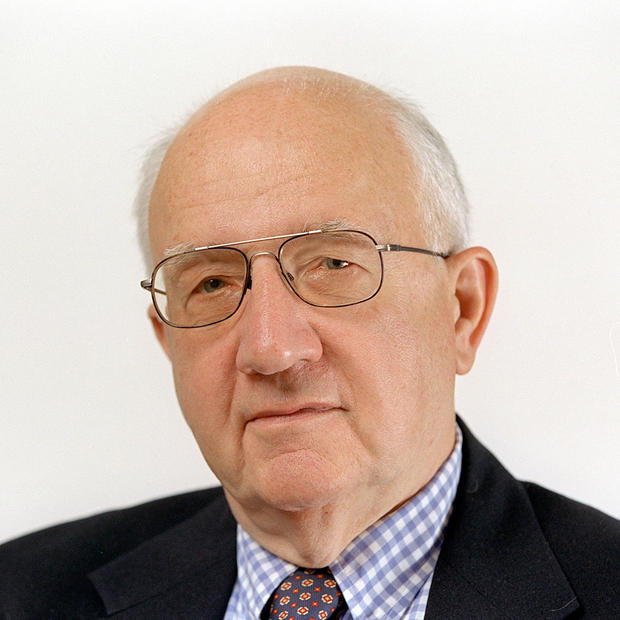Public and media attention properly is being focused right now on the attempt in Washington, D.C. to link lifting of the federal debt limit to a plan to reduce long-term federal debt. By week's end, one way or another, a symbolic if inadequate start will be made on that task.
The other major focus, as it has been over the past three years, is on the unemployment rate — normally, the most important indicator of a president's reelection to a second term.
President Obama last week conceded that the 2012 national election would be a referendum on his first term. The state of the economy and unemployment in particular always are voters' first concerns in making such a judgment. By that measure, Obama faces an uphill road, since no president except Franklin Roosevelt has been reelected with an unemployment rate approaching 8 percent. Most present forecasts predict a rate of no lower than 9 percent by election day, 2012.
If that proves to be the case, Obama will have to hope that Republicans nominate a candidate — the 2012 equivalent of 1964 candidate Sen. Barry Goldwater — who will seem immoderate and frighten independent voters in particular into keeping Obama. Former Massachusetts Gov. Mitt Romney, an archtype moderate with strong economic credentials, would not fit that description. But a Rep. Michele Bachmann, former Alaska Gov. Sarah Palin, or even swashbuckling Texas Gov. Rick Perry might.
There are other, less obvious indicators that tell us what is waiting for us, just ahead.
•State unemployment rates: California, Florida, Michigan, Nevada, South Carolina, Rhode Island, and the District of Columbia all had unemployment rates last month above the 9.2 percent national rate. Powerhouse states California and Florida both were above 10 percent. Altogether 28 states saw increases last month in their jobless rates; only eight states had decreases. (Washington, Oregon, and Idaho were at or near the national average). Since that time a number of corporations have announced new layoffs. The best-performing states are Nebraska and North and South Dakota, natural-resource producers which also happen to have small populations and few electoral votes.
•Cities under stress: The U.S. Conference of Mayors meeting last week in Washington, D.C. brought uniformly glum news about the prospective state of urban finances in the year ahead. Most American cities have gone through rounds of budget cuts in recent years.
They expect less money from the federal government in 2012 as belt-tightening works its way down. Medicaid and unemployment aid will be especially hard hit. In most cities, local businesses are not hiring and local banks are not lending. State legislatures, here as elsewhere, are often not sympathetic to revenue needs of their state's biggest cities.
•The stadium index: Until recent years, states and localities often stepped forward to subsidize construction of new sports stadia, which seldom produce the tax revenues and economic spinoffs claimed by their sponsors. Our SuperSonics fled to Oklahoma City when a new arena was not built for them. Husky Stadium refurbishing struck out in the Legislature and now is to be financed with private contributions. The Sacramento Kings have gotten a one-year reprieve from the National Basketball Association to get a new arena before being moved. The Kings are unlikely to get the arena. Now there is talk of a new NBA-NHL arena to be built in the Greater Seattle area. Public financing would seem unlikely.
Even at minor-league level, this syndrome is evident. Minor-league baseball has had a public-subsidized ballpark construction boom over the past 20 years. A new one opened in Omaha this season; another will open next year in Pensacola, Florida. But, after that, no new ballparks are presently planned for construction — for the first time in 25 years. New-ballpark projects in Las Vegas and suburban San Diego recently fell through. Groundbreakings are not scheduled anywhere else; public money simply is not available to finance them.
It takes little imagination to see that major new capital projects, of any kind, are unlikely to launch in the near future. The planned Seattle deep-bore tunnel is presently being debated on environmental rather than financial grounds. But that debate could shift. Sound Transit light rail is being financed by the single largest local-level tax increase in U.S. history. Before it proceeds to multi-county contruction, elected officials and voters are likely to take a second look. The system already is being challenged in Bellevue, where the Eastside extension could be derailed by the new Tim Eyman-Kemper Freeman initiative. Mayor Mike McGinn's proposed light-rail system expansion in Seattle has no practical prospect.
Put presidential politics aside. Beyond Democrats' and Republicans' chances for the White House next year, 2012 seems likely to be a tough year not only for individual wage earners and taxpayers but for big new starts of any kind in the public sector.



